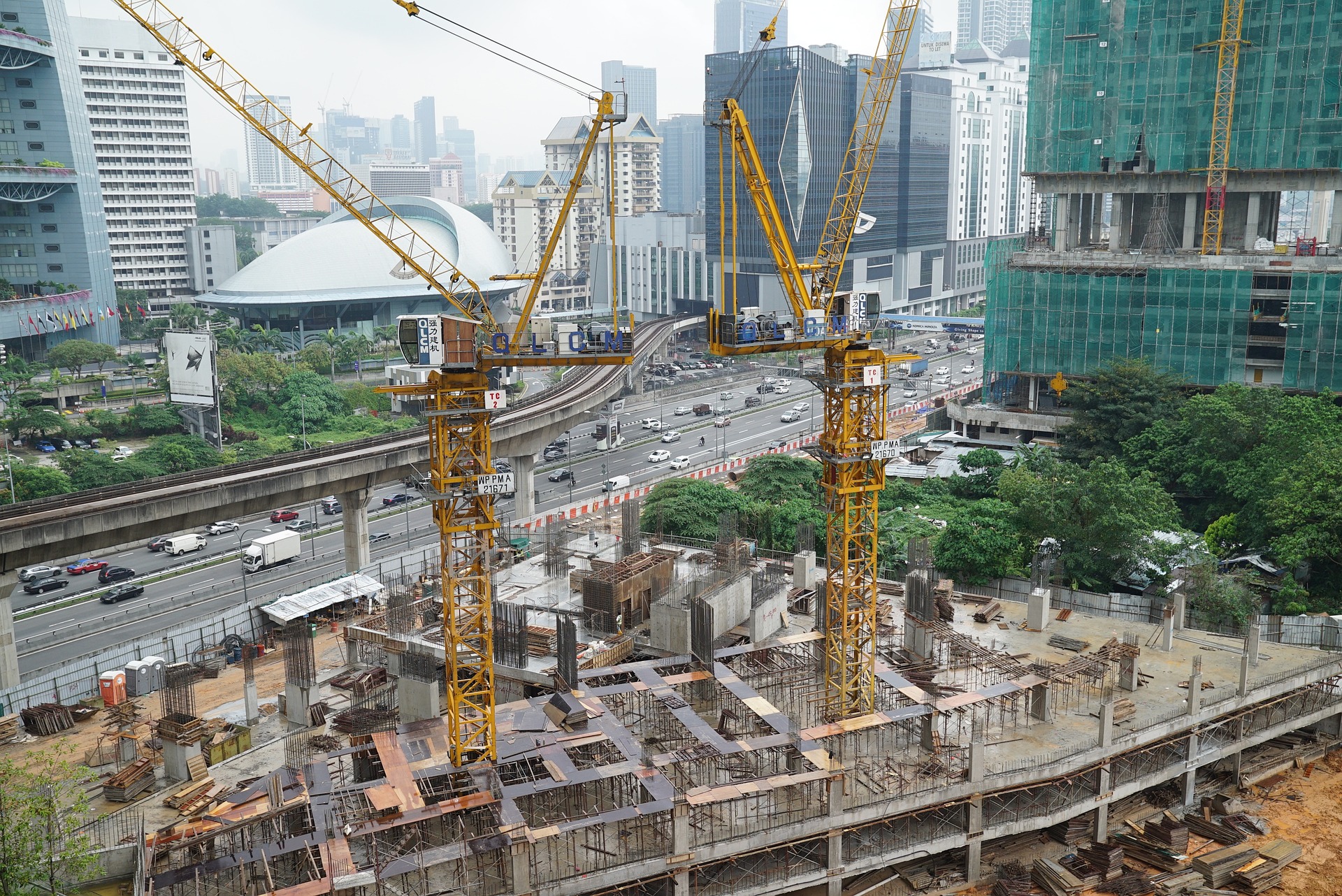The U.S. Environmental Protection Agency announced a plan for implementing a new label program to boost American production of more climate-friendly construction materials and products.
The label program will prioritize steel, glass, asphalt and concrete. The EPA will implement the program using a phased approach that all material categories will be able to follow “at a cadence that aligns with the material’s market maturity and data availability,” according to the agency.
The phases are:
- Phase I: Data Quality Improvement. Standardizing and improving the quality of data underlying and provided by EPDs.
- Phase II: Threshold Setting. Using robust EPDs, data, and other credible and representative industry benchmarks to determine thresholds for specific material categories and types.
- Phase III: Labeling Materials and Products. Labeling materials and products that meet EPA’s criteria.
The label program will offer a tiered rating system for construction materials and products. Thresholds will be informed by a public input process before being finalized and will be periodically reviewed and updated to encourage continuous improvement and help users meet sustainability objectives. The top threshold tier will be designed to help recognize and reward innovative efforts to achieve deep reductions in embodied carbon associated with these construction materials and products.
To earn the label, manufacturers will submit an EPD for their materials to demonstrate that they meet the eligibility criteria.
Related Stories
| Aug 11, 2010
AIA Course: Building with concrete – Design and construction techniques
Concrete maintains a special reputation for strength, durability, flexibility, and sustainability. These associations and a host of other factors have made it one of the most widely used building materials globally in just one century. Take this free AIA/CES course from Building Design+Construction and earn 1.0 AIA learning unit.
| Aug 11, 2010
Nurturing the Community
The best seat in the house at the new Seahawks Stadium in Seattle isn't on the 50-yard line. It's in the southeast corner, at the very top of the upper bowl. "From there you have a corner-to-corner view of the field and an inspiring grasp of the surrounding city," says Kelly Kerns, project leader with architect/engineer Ellerbe Becket, Kansas City, Mo.







